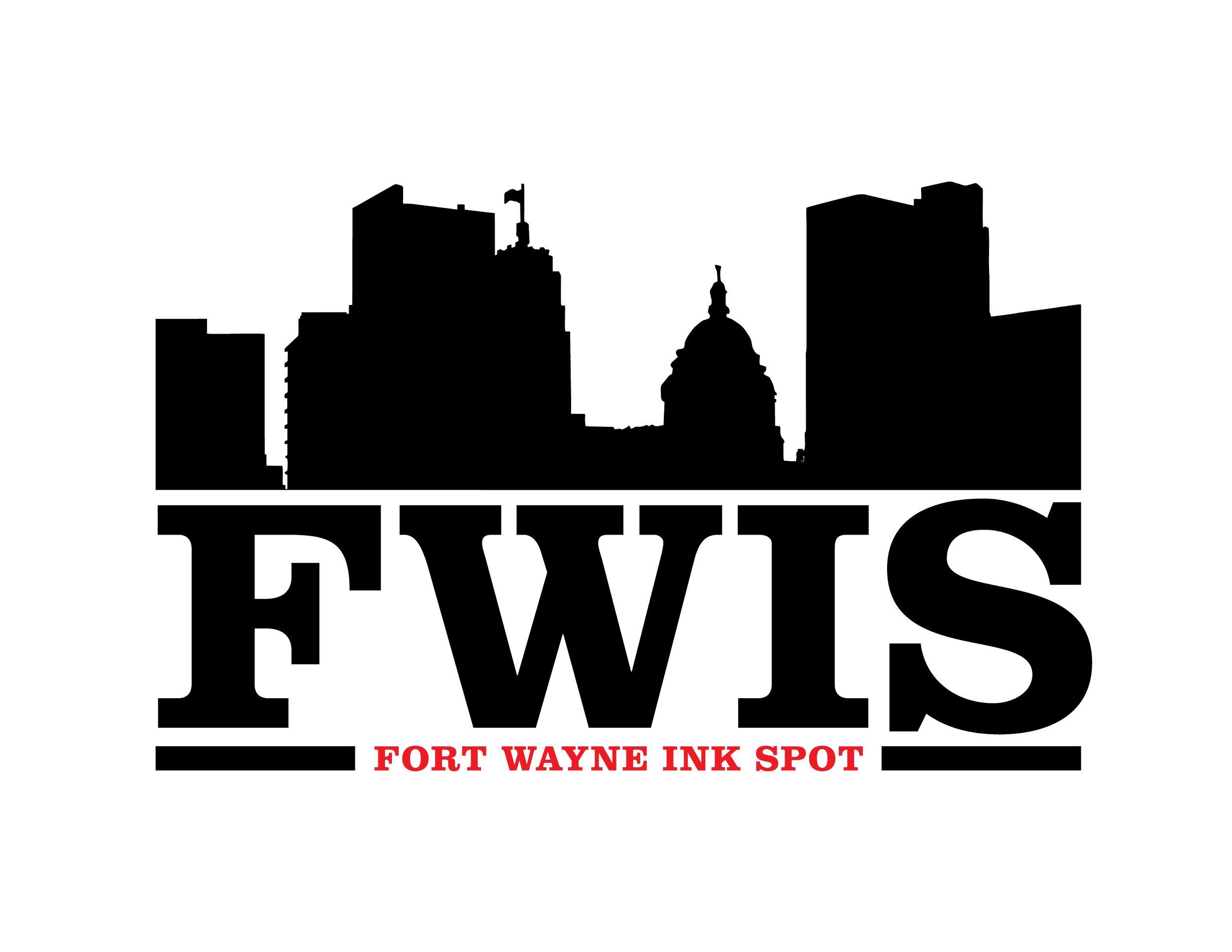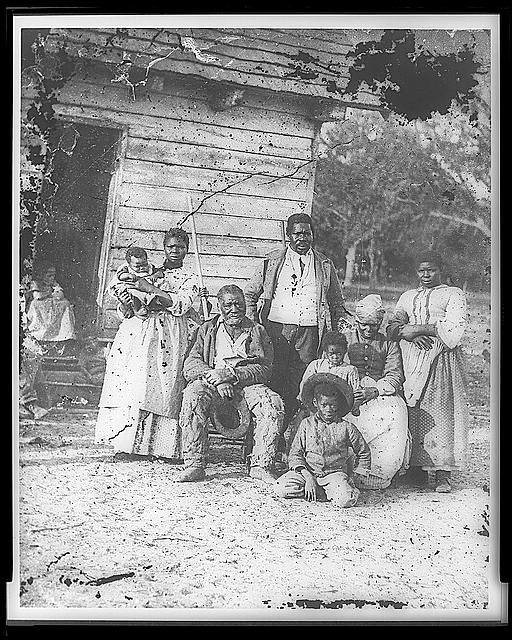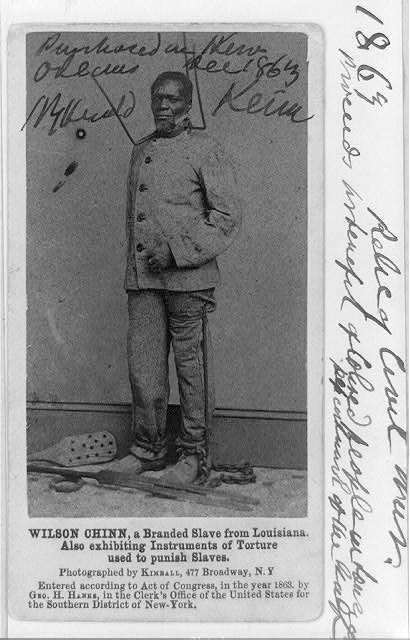Seeing Racism & Oppression Through Past Photographs

Henry Morton Stanley & Kalulu, 1873 [PHOTOS: LIBRARY OF CONGRESS]
Wilson Chinn, Louisiana, 1863. Wilson is surrounded with tools for physical discipline, used by slave masters.
Written by Shaun La, New York, NY
Oppression, racism, and slavery have existed long before the 19th century invention of a photographic camera being able to capture the latent image. Photography has been manipulated and used by oppressors to show the visual surface of racism ever since the 19th century: memories of societies supporting or ignoring Jim Crow, the Civil Rights Movement, Apartheid, the Civil War, the drug epidemic cornering Black communities, and spiraling into prison warehouses for Black families while tossing small budgets to overcrowded public schools in Black & Brown neighborhoods.
Colonialism was photographed extensively throughout the 193 years of photography. It does not matter if it was the Native Americans being photographed on their reservations, Black African slaves on a plantation in the Americas or a European flag nation being planted into the soil of stolen African land.
Photographs slightly before, during, and after the Civil War in the 19th century show how enslaved and so-called free Blacks were treated as subhuman in scenes throughout an American society draped in all of the adornments of “white power.”
Blacks in South Africa were photographed while being abused and killed during Apartheid. At the same time, the Civil Rights Movement on U.S. land has photographs of Black leaders being gunned down while non-violent protesters are powerfully sprayed down with state regulated fire department water hoses.
There are portraits of the explorer & journalist Henry Morton Stanley with N'dugu M'Hali (photograph included), who was given the name Kalulu by his new owner Henry. History echoes that Kalulu was freed by Henry; however, in these professional portraits, the air of colonialism's confidence can be viewed by how Henry is dressed.
On Henry's right hand side, Kalulu is positioned slightly behind his owner: this visually expresses how Henry's control over the photograph had this child behaving the way he was enslaved to obey---pure oppression. It would not be uncommon to see 19th and 20th century photographs of Black slaves, maids, and butlers standing to the side or behind their owners, or bosses, who were usually positioned in the center of the photograph's composition.
How Oppression Can Dictate What We See
Throughout the 20th century, white lynch mobs would hire professional photographers to photograph public lynchings. Just imagine the cruelty that comes with the economic sense to resell the photographs of a planned murder of someone because they are Black.
When the photographs of oppression are untied, the falling conclusion would be that the lens has always been showing oppression since the start of photography; however, as unbiased as the camera can be, the photograph has always been redefined to meet the approval of oppression, thus making the camera a premeditated tool that can misuse its own visual power.
With an unyielding complexity, this part of photographic history (including video recorders in present day) that shows oppression and so many Black lives being mistreated, killed, and oppressed because of their race still has a present sense of enslaving, because racism still exists.
Shaun La is a photographer and writer out of New York, New York. As a writer, he has been published by the Amsterdam News, the Baltimore Sun, Afro-Punk, Camera Obscura, Film Shooters Collective, Art Photo Feature, Emulsive & other media outlets. His work, including photography taken with film cameras only, can be viewed at: www.ShaunArts.com.



